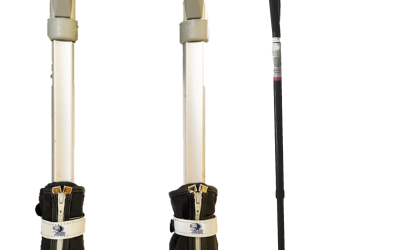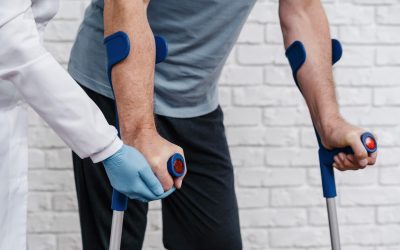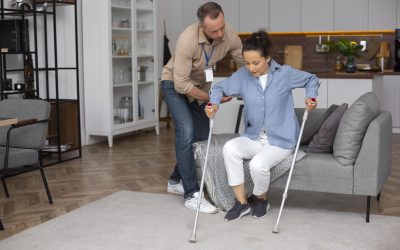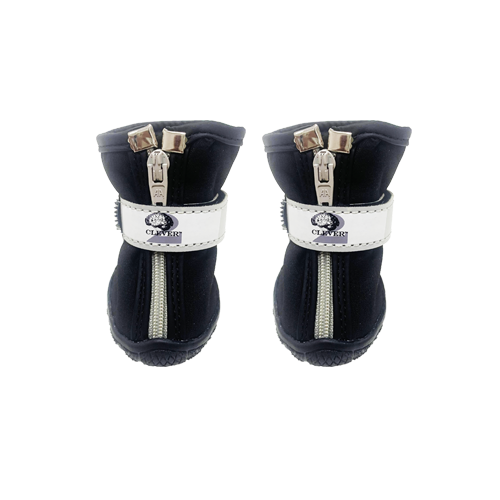
Here are some great tips on how to make crutches more comfortable. Crutches are invaluable tools for individuals recovering from injuries or surgeries, providing essential support and stability. However, the discomfort that often accompanies extended use can be a significant challenge. In this comprehensive guide, we will explore various tips and tricks on “how to make crutches more comfortable,” empowering users to enhance their mobility without compromising on comfort.
Here’s How to Make Crutches More Comfortable
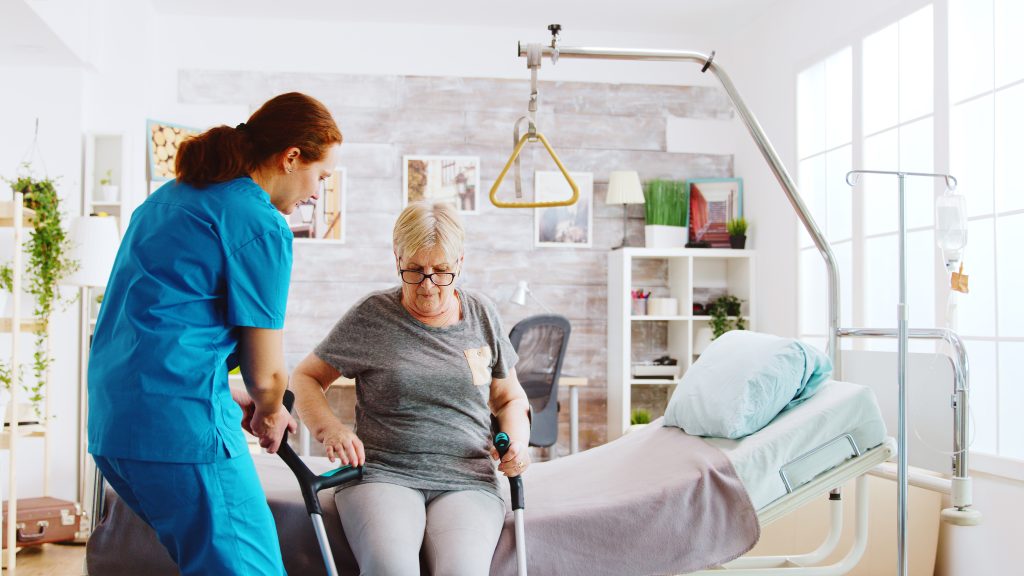
I. Choosing the Right Crutches:
The foundation of crutch comfort lies in selecting the right type of crutches. Consider factors such as height, weight capacity, and design options. Opt for adjustable crutches that can be customized to suit your specific needs. Properly fitted crutches contribute to better posture, reducing strain on your body.
II. Padded Handle Grips:
One of the most common sources of discomfort during crutch use is the pressure exerted on the hands and wrists. To address this, invest in padded handle grips. These ergonomic accessories provide a cushioned surface, significantly reducing the impact on your hands and ensuring a more comfortable grip.
III. Crutch Pads and Covers:
Enhance the overall comfort of your crutches by adding extra padding through crutch pads or covers. These accessories are designed to fit over the existing arm and hand grips, providing additional support and minimizing pressure points. Look for washable, breathable materials to maintain hygiene and prevent skin irritation.
IV. Proper Crutch Height Adjustment:
Incorrect crutch height can lead to discomfort and even exacerbate existing injuries. Ensure that your crutches are properly adjusted to your body height. The top of the crutch pad should be 1-2 inches below your armpit, and the hand grips should align with your hip joint. Proper height adjustment promotes better weight distribution and reduces strain on your upper body.
V. Consider Forearm Crutches:
Traditional underarm crutches can cause discomfort and pressure on the underarms and chest. Consider switching to forearm crutches, also known as Lofstrand or Canadian crutches. These crutches provide support through the forearms, distributing weight more evenly and reducing the risk of nerve compression and discomfort.
VI. Use Crutch Accessories:
Explore various crutch accessories designed specifically for comfort. Accessories like crutch cushions, arm ring pads, and handgrip pads can provide additional layers of support, making your crutch experience more pleasant. Many of these accessories are easily attachable and customizable to suit individual preferences.
VII. Wear Comfortable Footwear:
The type of footwear you choose can significantly impact your comfort while using crutches. Opt for supportive, comfortable shoes with a low heel to ensure stability. Avoid shoes that are too tight or have inadequate arch support, as these can contribute to discomfort and instability.
VIII. Engage in Regular Stretches and Exercises:
Maintaining mobility and preventing stiffness is crucial for crutch users. Incorporate gentle stretches and exercises into your daily routine to improve flexibility and reduce muscle tension. Focus on areas such as the shoulders, wrists, and forearms to alleviate discomfort associated with crutch use.
IX. Utilize Crutch Pockets or Holders:
Carrying personal items while using crutches can be challenging. Invest in crutch pockets or holders that attach to the crutch frame, providing a convenient storage solution. This eliminates the need to juggle items or carry additional bags, contributing to a more comfortable and streamlined experience.
X. Pad Underarm Areas:
Underarm discomfort is a common complaint among crutch users. To address this, consider using additional padding under the arms. Soft cushions or fleece sleeves can be placed over the underarm areas to reduce pressure and friction, minimizing the risk of chafing and soreness.
XI. Customize Your Crutches:
Personalizing your crutches can significantly impact comfort. Decorative covers or wraps not only add a touch of style but also serve a functional purpose by providing additional padding. Expressing your personality through customized crutches can make the overall experience more enjoyable and empowering.
XII. Stay Hydrated and Well-Nourished:
Maintaining overall health is essential for crutch users. Ensure you stay hydrated and well-nourished to support your body’s healing process and energy levels. Adequate hydration promotes joint health, while a balanced diet contributes to muscle strength and overall well-being.
XIII. Seek Professional Advice:
If discomfort persists despite implementing various comfort-enhancing strategies, consult with a healthcare professional or physical therapist. They can provide personalized guidance, assess your specific needs, and recommend adjustments or additional aids to optimize your crutch experience.
Try The SafeNDry Crutch Boots
SafeNDry Crutch Boots are a remarkable solution for crutch and cane users facing the challenges of winter conditions. These innovative accessories not only protect crutch and cane tips from outdoor elements but also facilitate a safe and convenient transition to indoor spaces upon boot removal. Safety, convenience, and independence are at the forefront of their design, offering a practical and inclusive solution for individuals who rely on mobility aids.
As winter approaches, consider equipping yourself or your loved ones with SafeNDry Crutch Boots to ensure a secure and hassle-free winter season. Say goodbye to the worries of slips, falls, and cumbersome drying processes, and embrace the freedom and safety that SafeNDry Crutch Boots provide.
Upgrade your winter mobility and safety with SafeNDry Crutch Boots – the ultimate solution for a dry and secure crutch-cane experience in challenging weather conditions!
Also available on Amazon Prime: Click Here Now
Conclusion:
Making crutches more comfortable is a multifaceted approach that involves choosing the right equipment, incorporating accessories, and prioritizing overall well-being. By implementing the tips outlined in this guide, individuals can navigate their recovery journey with greater ease and comfort. Remember, the key to a more comfortable crutch experience lies in customization, proper adjustment, and a holistic approach to health and well-being.
